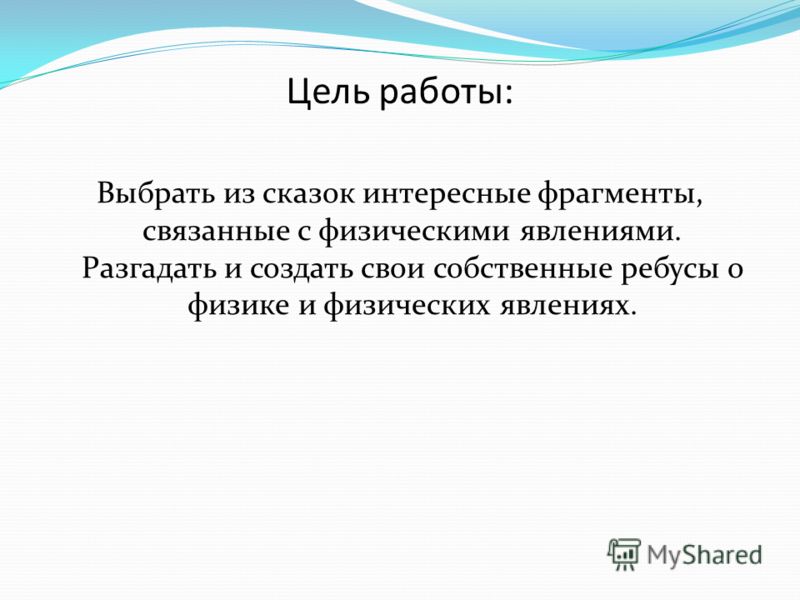
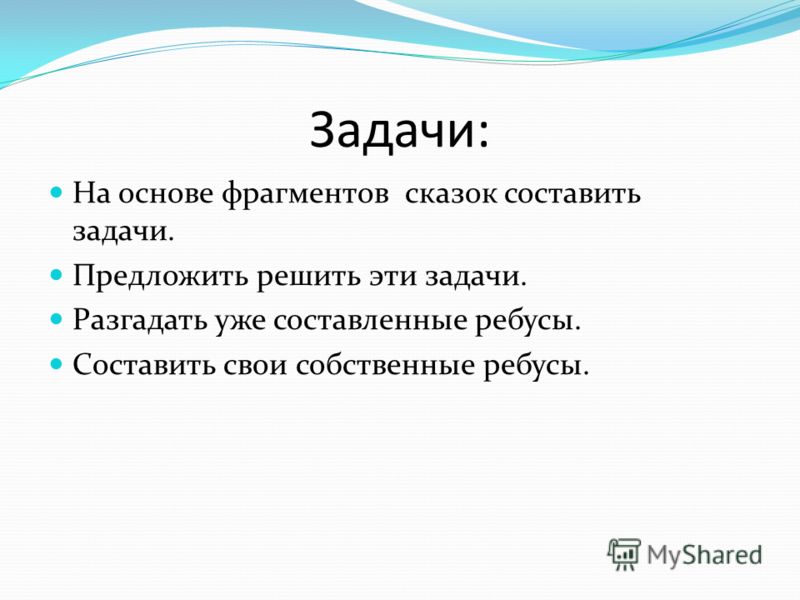
“Frog-traveler” At this point the frog could not stand it and, forgetting all caution, screamed with all her might: “It’s me!” I! And with that scream she flew upside down to the ground. The ducks squawked loudly; one of them wanted to pick up the poor companion on the fly, but missed. The frog, shaking all four legs, quickly fell to the ground; but since the ducks flew very quickly, she fell not directly on the place where she screamed and where there was a solid road, but much further, which was great happiness for her, because she splashed into a dirty pond at the edge of the village. ? Why did the frog fall further than the pond? Answer: Inertia
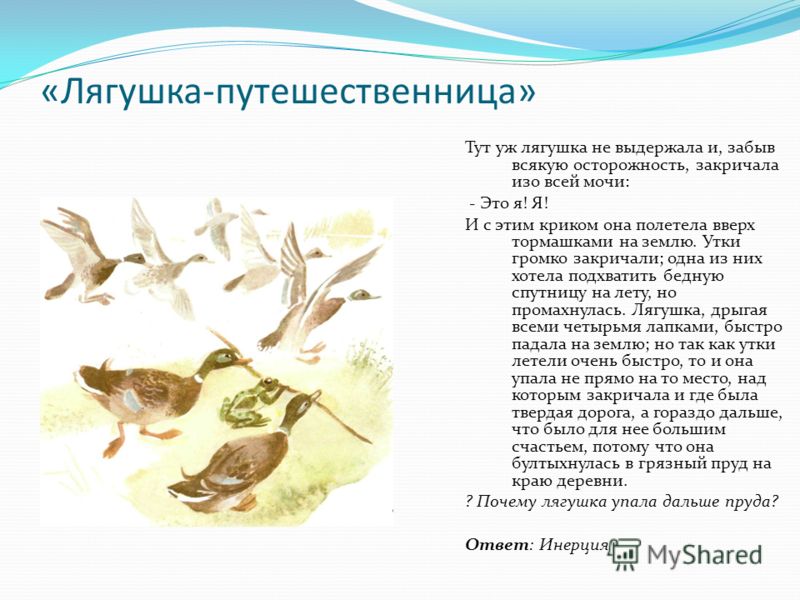
“Turnip” (Russian fairy tale) “The cat called the mouse. Mouse for the cat, Cat for the Bug, Bug for the granddaughter, Granddaughter for the grandmother, Grandmother for the grandfather, Grandfather for the turnip - They pull - they pull - And they pulled out the turnip.” ? What forces acted on the turnip? Answer: the forces acting on the turnip were: the turnip’s gravity, the force of static friction and the total traction force of all the heroes.
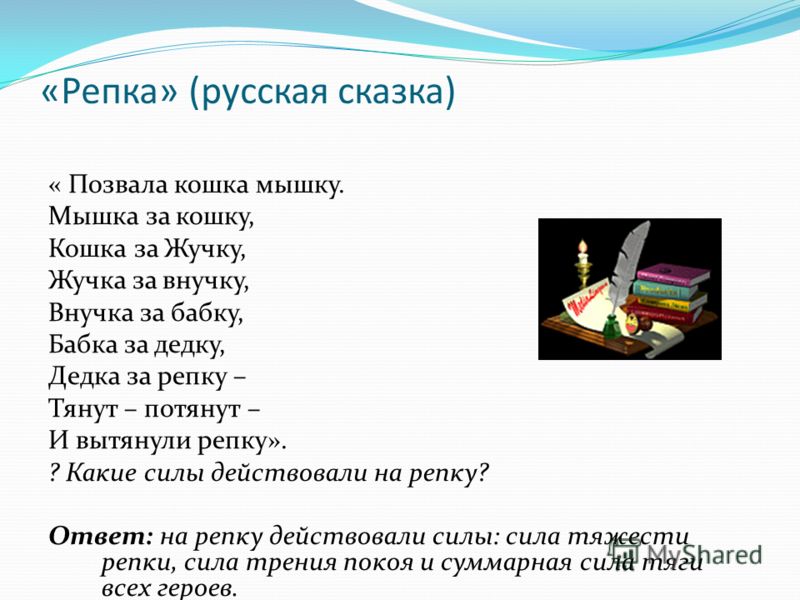
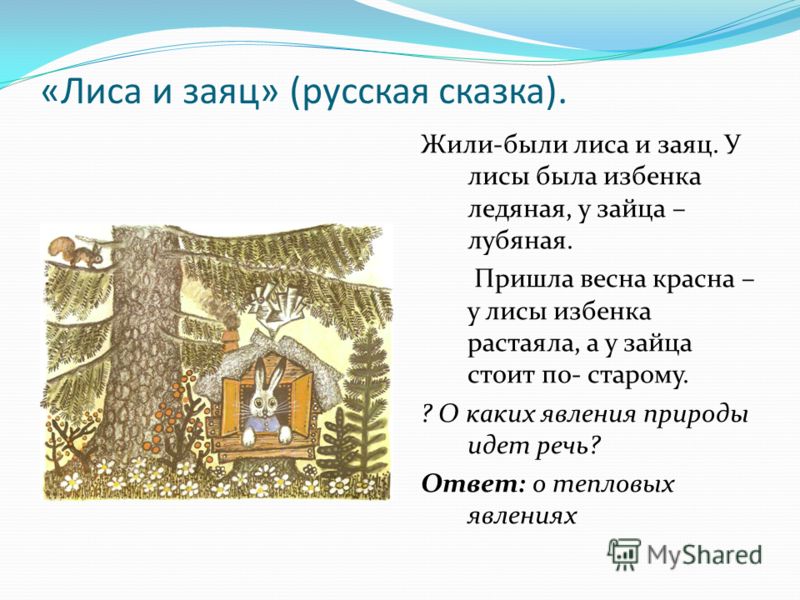
"Ivan Tsarevich and the Gray Wolf." (Russian fairy tale). Half the night has passed, and it seems to him that there is light in the garden. Lighter and lighter. The whole garden lit up. He sees the Firebird sitting on an apple tree and pecking at golden apples. ? What natural phenomena are we talking about? Answer: about light phenomena
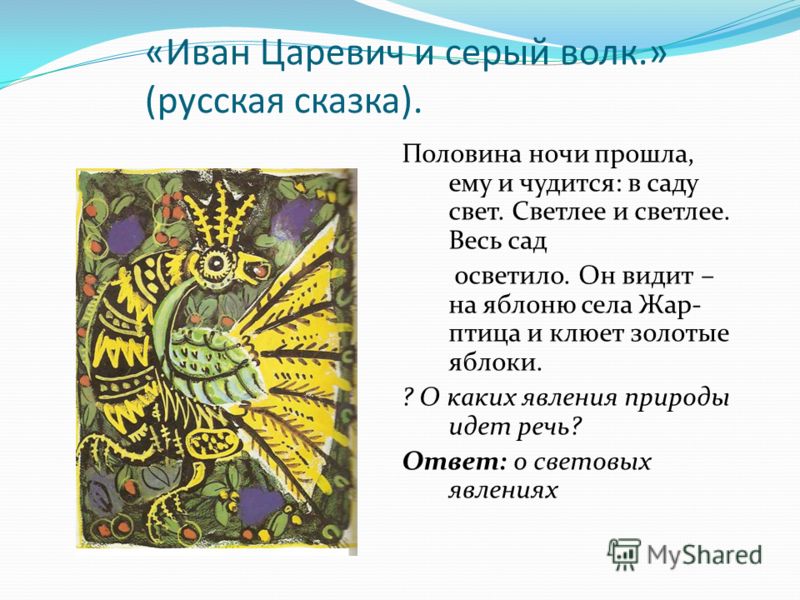
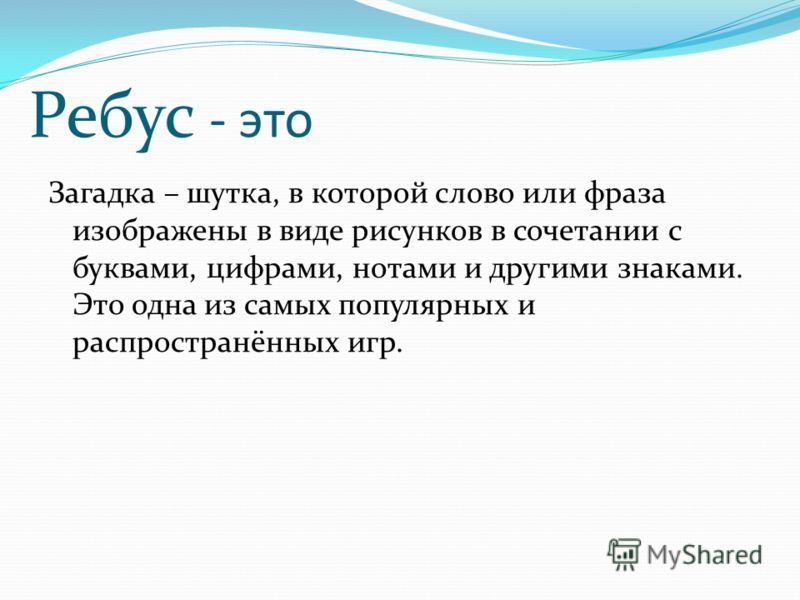
Rules for guessing puzzles The names of all objects depicted in the pictures must be read only in the nominative case. Often, an object depicted in a rebus may have several names. For example: eye and eye, leg and paw; or an object may have one general or one specific name, for example: fish - a general name; carp, crucian carp, pike – specific names. The ability to correctly name the object shown in the picture is one of the main difficulties when deciphering puzzles. To solve the rebus, you need to decipher it in parts, that is, write down the names of all the letters, pictures and numbers depicted in a row, and then divide them into words and compose an encrypted text that makes sense. If an object is drawn upside down, its name should be read from right to left. For example, cart -> call. If there are one or two commas to the left or right of the drawn object, this means that one or two letters must be dropped at the beginning or end of the word. Words such as before, above, on, under, behind, at, y, o, in, as a rule, are not depicted in rebuses with a picture, but are revealed from the corresponding position of the letters and pictures. Such parts of the word as with, to, from, from, by, and can not be depicted with a picture, but can be used as prepositions or conjunctions indicating the relationship of one element of the rebus to another. If there are numbers above the drawing, then the letters from the name of the drawn object must be read in the order of these numbers, for example, fourth, third, second and, finally, first. If the configuration of a letter is made up of other letters, you must read the letter depicted using the preposition from. Individual syllables in a rebus can be represented using notes. If part of a word is pronounced the same as a numeral, then in a rebus you can represent it with numbers. Sometimes you can use a fraction in a rebus. In this case, the line separating the numerator from the denominator is placed obliquely or half the letter is drawn. If an object is drawn, and a crossed out letter is written near it or above it, this means that this letter must be excluded from the name of the drawn object. If another letter is written above or next to the crossed out letter, then the name of the item is read as the letter above or next to the crossed out letter. In puzzles, next to or above the picture there can be two letters with an equation sign between them. This means that the letter on the left is replaced by the second letter. call. If there are one or two commas to the left or right of the drawn object, this means that one or two letters must be dropped at the beginning or end of the word. Words such as before, above, on, under, behind, at, y, o, in, as a rule, are not depicted in rebuses with a picture, but are revealed from the corresponding position of the letters and pictures. Such parts of the word as with, to, from, from, by, and can not be depicted with a picture, but can be used as prepositions or conjunctions indicating the relationship of one element of the rebus to another. If there are numbers above the drawing, then the letters from the name of the drawn object must be read in the order of these numbers, for example, fourth, third, second and, finally, first. If the configuration of a letter is made up of other letters, you must read the letter depicted using the preposition from. Individual syllables in a rebus can be represented using notes. If part of a word is pronounced the same as a numeral, then in a rebus you can represent it with numbers. Sometimes you can use a fraction in a rebus. In this case, the line separating the numerator from the denominator is placed obliquely or half the letter is drawn. If an object is drawn, and a crossed out letter is written near it or above it, this means that this letter must be excluded from the name of the drawn object. If another letter is written above or next to the crossed out letter, then the name of the item is read as the letter above or next to the crossed out letter. In puzzles, next to or above the picture there can be two letters with an equation sign between them. This means that the letter on the left is replaced by the second letter."> 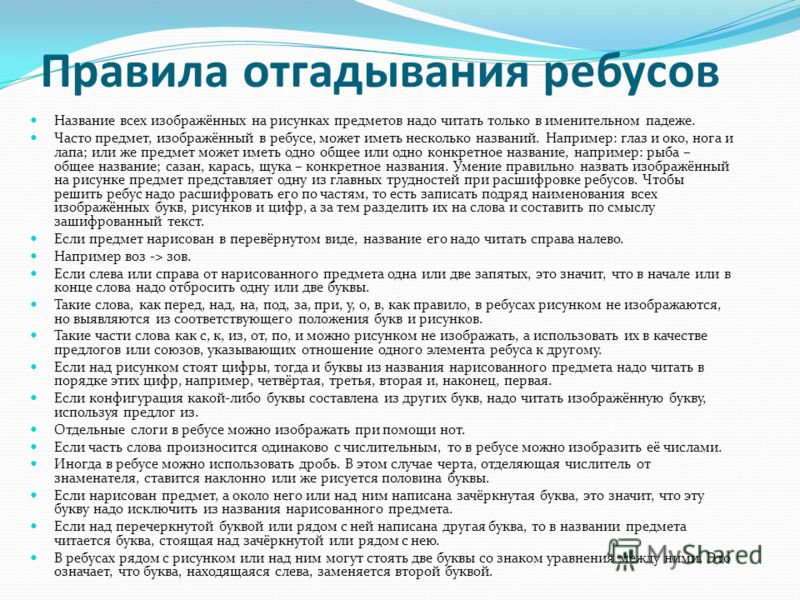 When doing this research work I learned a lot of new things, became interested in studying physics and began to understand it better. This work is accessible to people of all ages, and knowledge of a school physics course is sufficient to solve many problems. Therefore, the physics teacher and I introduced fairy tales and puzzles into physics lessons in grades 7-8 to facilitate understanding educational material. I am not going to stop there and plan to continue my work, because there is still so much interesting stuff ahead.
When doing this research work I learned a lot of new things, became interested in studying physics and began to understand it better. This work is accessible to people of all ages, and knowledge of a school physics course is sufficient to solve many problems. Therefore, the physics teacher and I introduced fairy tales and puzzles into physics lessons in grades 7-8 to facilitate understanding educational material. I am not going to stop there and plan to continue my work, because there is still so much interesting stuff ahead.
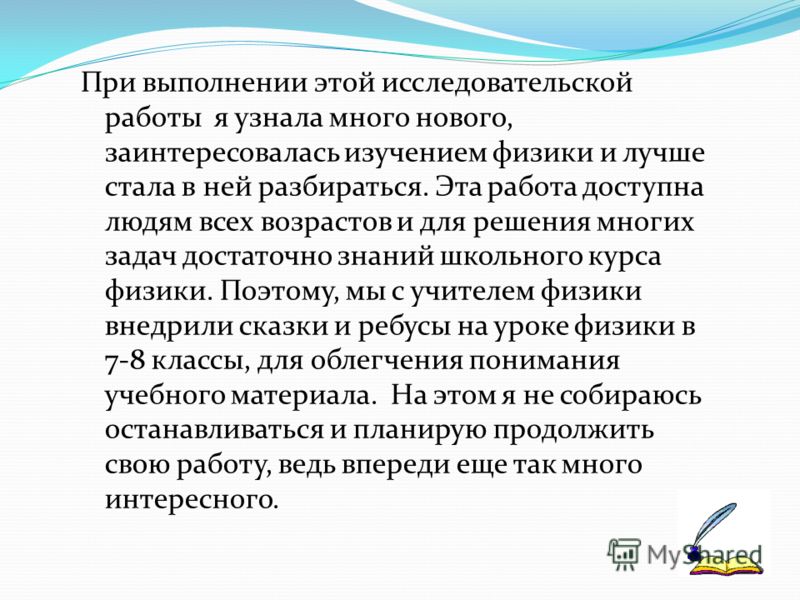
Quiz on fairy tales for preschool and primary school children with answers
Zhilichkin Dmitry student of 2nd "B" classSupervisor: Zhilichkina Maria Yurievna
Description: I bring to your attention my son’s quiz with riddles and puzzles, compiled from Olympiad tasks and invented independently. This is the result of his work on a project to study original fairy tales. The material is intended for junior schoolchildren and preschoolers.
Target: Consolidating knowledge about author's fairy tales
Tasks: Develop intelligence, imagination, attention, memory, mental operations, cognitive interest of children
Expand children's horizons, promote enrichment vocabulary.
Cultivate interest in fiction, love of reading
The fairy tale teaches all people
to be wiser and kinder.
A fairy tale is a treasure trove, a clear light,
an answer to any question.
And now I want to ask you questions about the author’s fairy tales. In order to take the quiz, you need to divide into 3 teams. For each team, I will ask questions in turn and give a hero from the author's fairy tales for the correct answer.
Which bird did Thumbelina save?(Swallow)
What was the name of the boy who had to make the word “Eternity” out of pieces of ice?(Kai)
Who took the frog from V. Garshin’s fairy tale “The Frog Traveler” on a trip to the south?(Ducks)
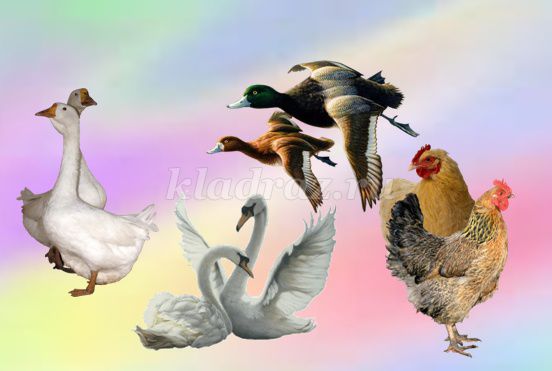
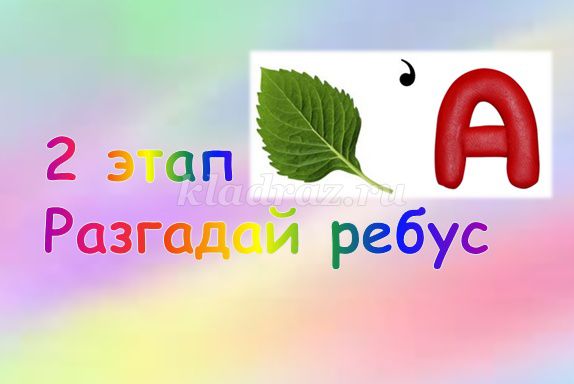
Solve the rebus and name the hero who lost what is encrypted in the rebus.
a) Ia
b) Owl
c) Hare
d) Piglet
d) Winnie the Pooh
(Eeyore lost his tail)
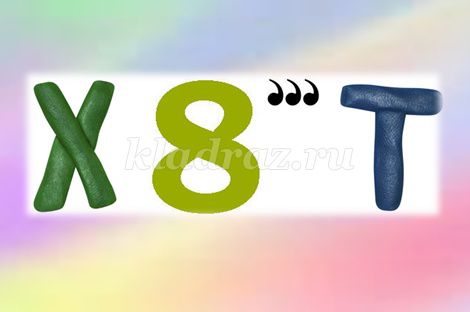
Replace the figures with letters and find out who the robber gave to help Gerda.(Deer)
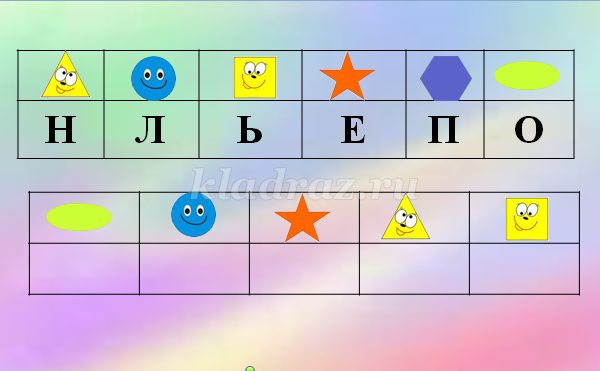
Which fairy-tale character's name is encrypted in the rebus?(Cheburashka)
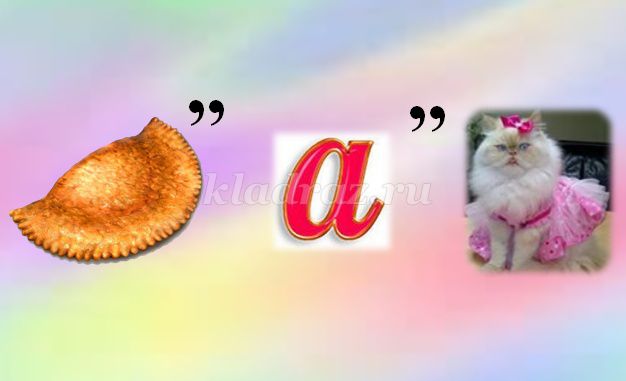
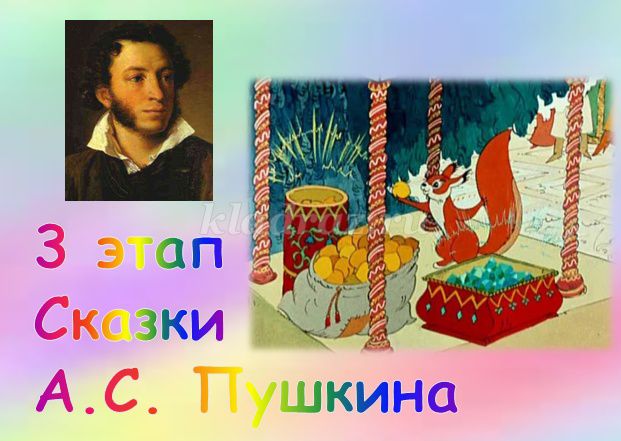
What did A.S. call the land of fairy tales? Pushkin?(Lukomorye)
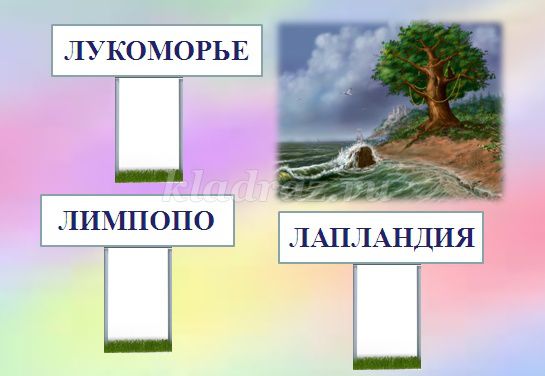
In one of the fairy tales of A.S. Pushkin accidentally got a character from another fairy tale. Which fairy tale hero is the odd one out?(Golden Cockerel)
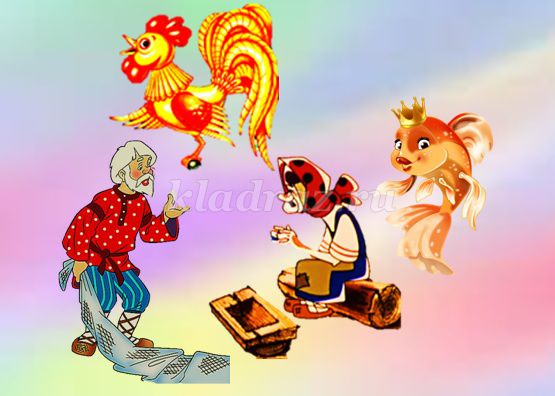
Read the ad and choose correct option answer
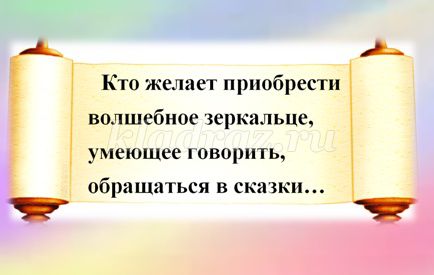
a) “The Tale of the Fisherman and the Fish” by A.S. Pushkin
b) “The Little Humpbacked Horse” by P.P. Ershov
c) “The Tale of the Dead Princess and the Seven Knights” by A.S. Pushkin
(“The Tale of the Dead Princess and the Seven Knights” by A.S. Pushkin)
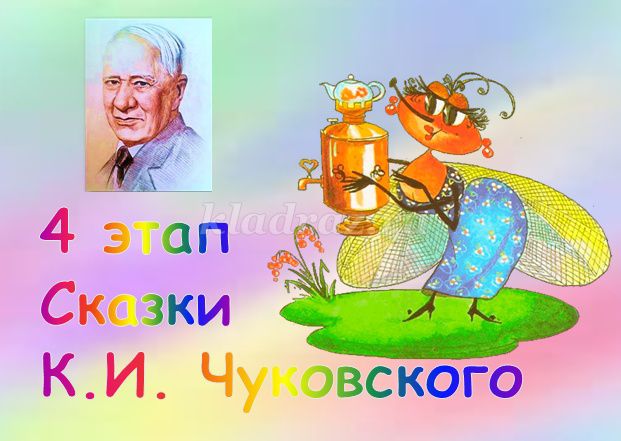
Who “ran at full speed to return the dishes” to grandmother Fedora from the fairy tale by K.I. Chukovsky's "Fedorino's grief"?(Cats)
What is the name of the fairy tale by K.I. Chukovsky?(Telephone)

Replace the word “found” in the rebus with another word to get one of K.I. Chukovsky’s fairy tales.("Stolen Sun")
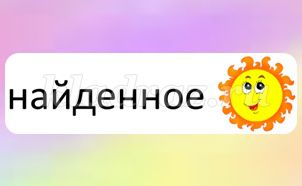
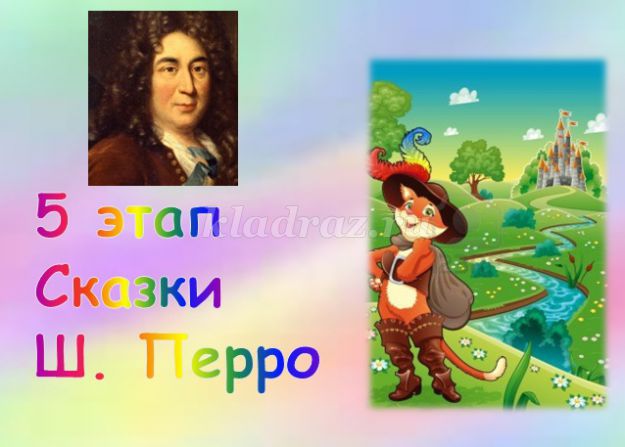
What can a carriage become after midnight?(Pumpkin)
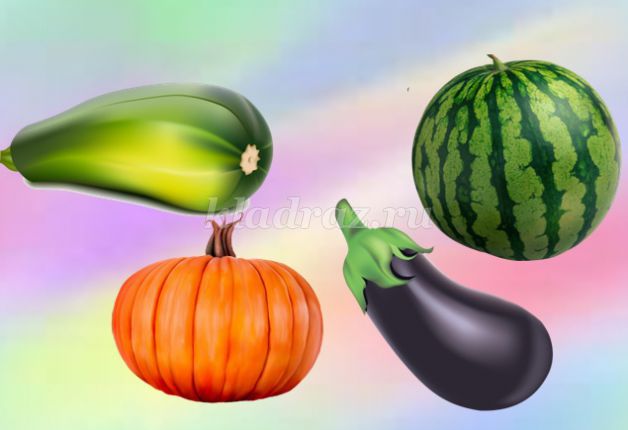
Insert the required word instead of the dots to get the title of one of Charles Perrault’s fairy tales.("Little Red Riding Hood")
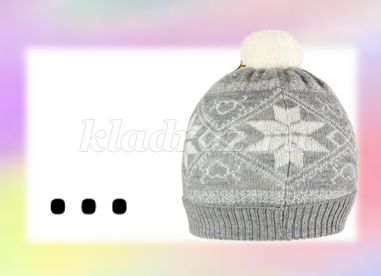
In the fairy tale “Cinderella” by C. Perrault, mice turned into horses. How many were there?(Six)
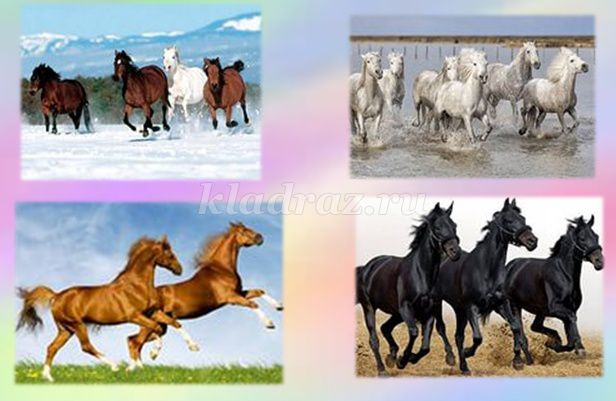
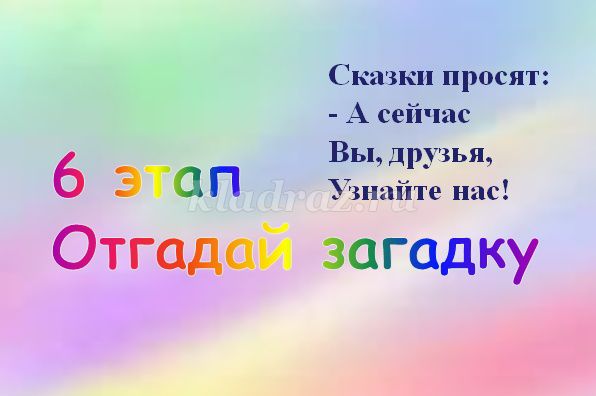
The girl is sleeping and doesn’t know yet
What awaits her in this fairy tale?
The toad will steal it in the morning,
The unscrupulous Mole will hide you in the hole.
Anyway, enough! Do you need a hint?
Who is this girl? Whose fairy tale is this?
(“Thumbelina” G-X. Andersen.)
A good girl is walking through the forest,
But the girl doesn’t know that danger awaits.
A pair of feisty eyes glows behind the bushes...
The girl will meet someone scary now...
Who will ask the girl about her path?
Who will deceive grandma to enter the house?
(“Little Red Riding Hood” by Charles Perrault)
From the king's ballroom
The girl ran home
Crystal slipper
I lost it on the steps.
The carriage became a pumpkin again...
Who, tell me, is this girl?
(Cinderella by Charles Perrault)
![]()
The girl Masha made a list of fairy tales that she read during the holidays. But she made a mistake by writing the wrong author.
A) A. Pushkin. A tale about a fisherman and a fish.
B) A. Milne. Winnie the Pooh and All-all-all...
B) A. Tolstoy. The Golden Key, or The Adventures of Pinocchio.
D) V. Berestov. Ole-Lukoje.
(G.H. Andersen Ole-Lukoje)
Who is the author of the tale about the character mentioned in the riddle?
Smart, resourceful mustachioed friend -
Made the owner rich.
But he cannot live without red boots.
Well, guess what, guys?(Charles Perrault)
Who is the author of these fairy tales?(V. Suteev)
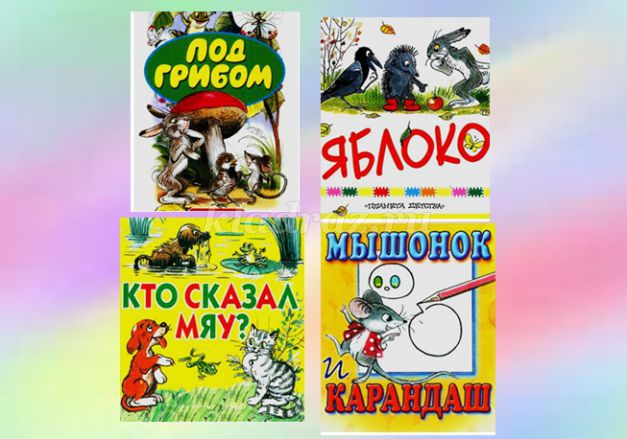
Everything that is created by the mind
Everything the soul strives for,
Like amber at the bottom of the sea,
It is carefully preserved in fairy tales.
Now let's count how many fairy tale heroes each team earned and unite the heroes of one fairy tale.
Crossword puzzle based on fairy tales for primary schoolchildren
Crossword "Russians" folk tales»
Ryabichenko Nadezhda Vladimirovna, teacher primary classes MKOU "Mikhailovskaya OOSH" Kikvidzensky district, Volgograd regionDescription of material: This material is intended for students primary school. Can be used by the teacher in extracurricular activities, when reinforcing the topic “Oral folk art” in lessons literary reading in elementary school.
Having guessed all the words, you can read new words vertically in the yellow cells of the crossword puzzle and find out what kind of fairy tales there are.
Target: Consolidating knowledge about Russian folk tales.
Tasks:
Develop thinking, imagination, memory, cognitive abilities of students.
Cultivate interest in reading and speaking folk art.
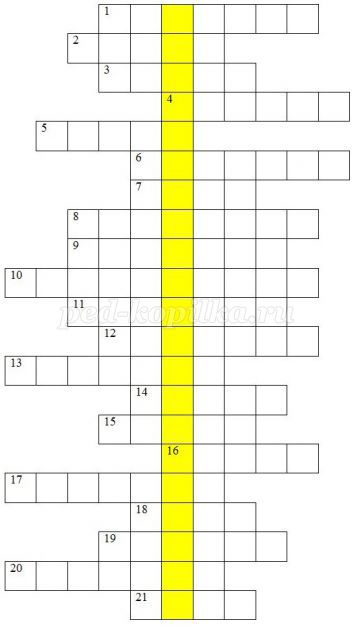
1. In which fairy tale did the characters live together in the same house until it was destroyed by a bear?
2. Who was able to drive the fox out of the bunny’s hut?
3. With what tool did the cat manage to save the rooster?
4. Who was deceived by the fox, who pretended to be dead and threw out all the fish from the cart.
5. In one of the Russian folk tales, who tricked the bear and left him hungry?
6. The name of the bear cub from the fairy tale “The Three Bears”.
7. Name a vegetable that a grandfather, woman, granddaughter, dog, cat and mouse were able to pull out of the ground.
8. What was the name of the boy who did not obey his older sister and became a little goat.
9. In one of the Russian folk tales, who treated the fox to okroshka?
10. The heroine of a fairy tale who was afraid of heat and melted while jumping over a fire.
11. Which fairy tale hero said the words “I left my grandfather, I left my grandmother?”
12. The hero of a fairy tale, who was told the words: “Don’t sit on a stump, don’t eat the pie.”
13. Who was the frog that caught the arrow?
14. Who helped the fairy tale heroes pull out the turnip?
15. What was the name of the main character of the fairy tale, who caught a pike and it fulfilled all his wishes?
16. What has “big eyes.”
17. Which of the inhabitants of the swamps became the prince’s wife?
18. Name the heroine of a Russian folk tale, who went with her friends into the forest to pick mushrooms and berries, got lost, and came to a bear’s hut.
19. The hero of a fairy tale who burst with laughter.
20. Ryaba, which laid a golden egg.
21. The hero of a Russian folk tale, who owns the words: “The beaten one carries the unbeaten, the beaten one carries the unbeaten.”
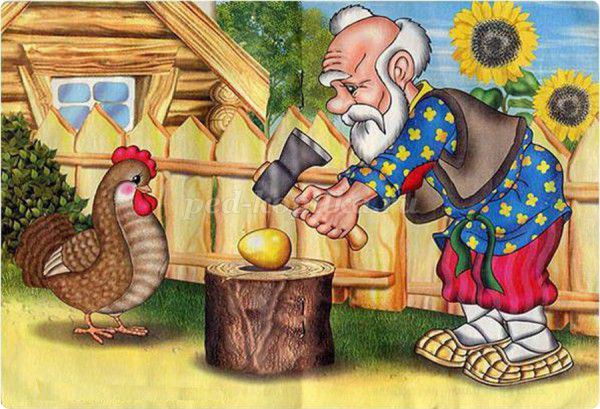
1. Teremok
2. Rooster
3. Gusli
4. Old man
5. Man
6. Mishutka
7. Turnip
8. Ivanushka
9. Crane
10. Snow Maiden
11. Kolobok
12. Bear
13. Princess
14. Mouse
15. Emelya
16. Fear
17. Frog
18. Masha
19. Bubble
20. Chicken
21. Fox



